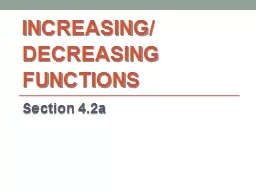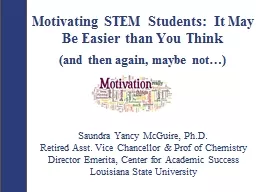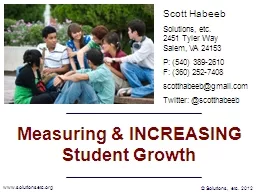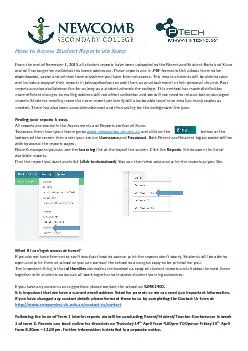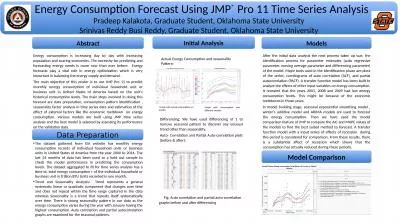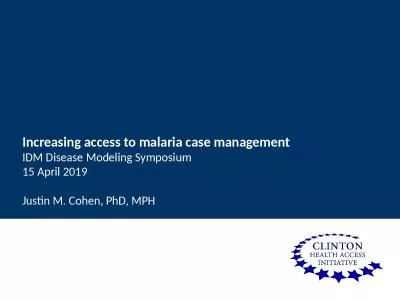PPT-Increasing Student Access in K to 12 Education
Author : tatyana-admore | Published Date : 2018-09-24
A Challenge for Adventist Education in the 21 st Century David R Williams PhD MPH MDiv Florence amp Laura Norman Professor of Public Health Professor of African
Presentation Embed Code
Download Presentation
Download Presentation The PPT/PDF document "Increasing Student Access in K to 12 Edu..." is the property of its rightful owner. Permission is granted to download and print the materials on this website for personal, non-commercial use only, and to display it on your personal computer provided you do not modify the materials and that you retain all copyright notices contained in the materials. By downloading content from our website, you accept the terms of this agreement.
Increasing Student Access in K to 12 Education: Transcript
Download Rules Of Document
"Increasing Student Access in K to 12 Education"The content belongs to its owner. You may download and print it for personal use, without modification, and keep all copyright notices. By downloading, you agree to these terms.
Related Documents






